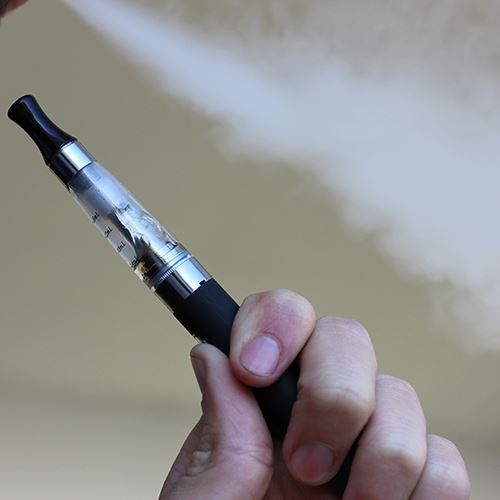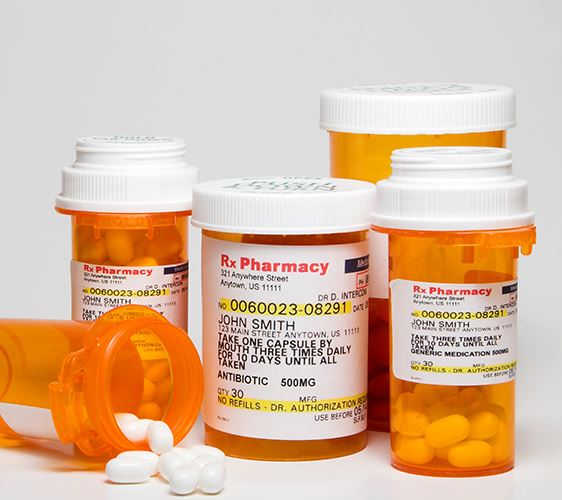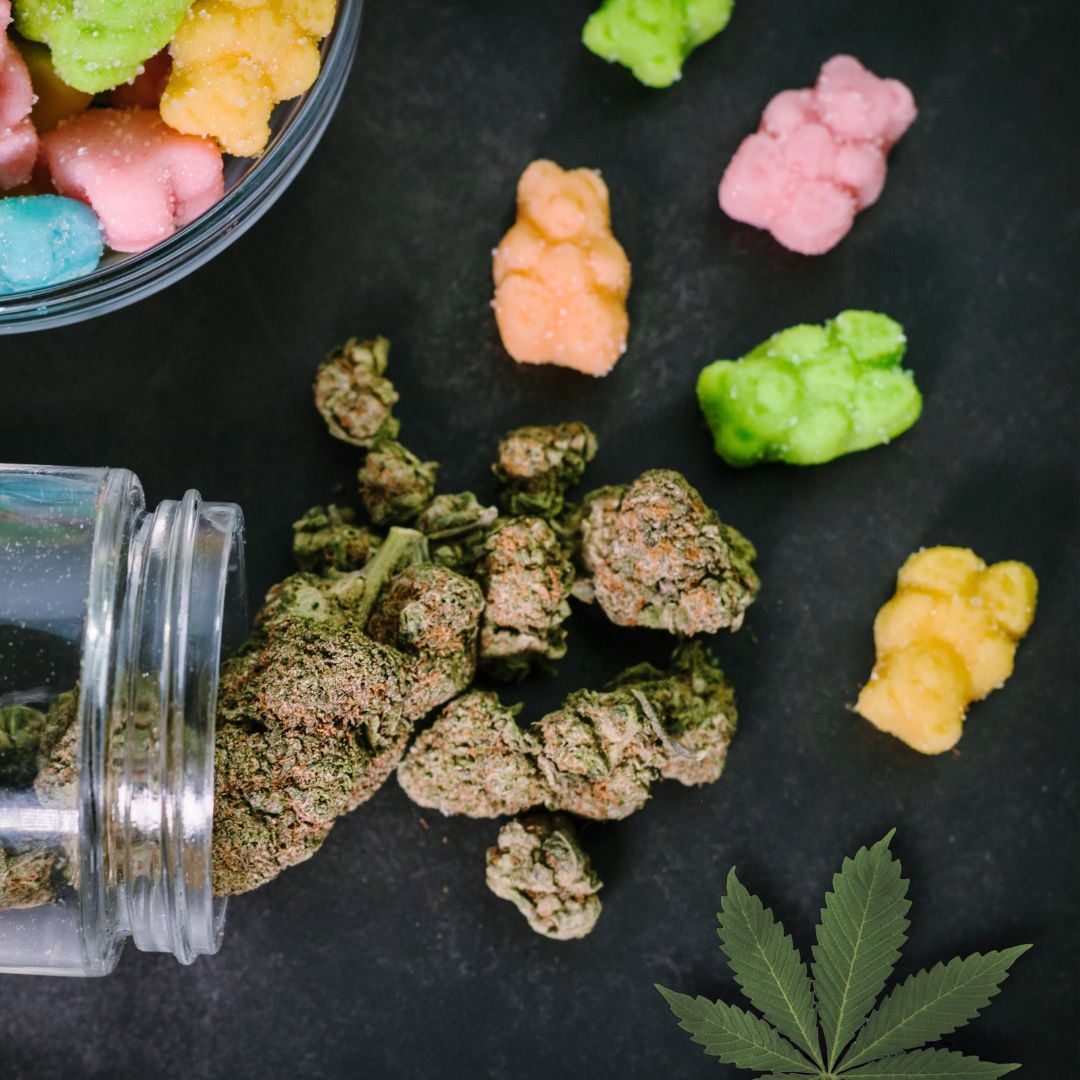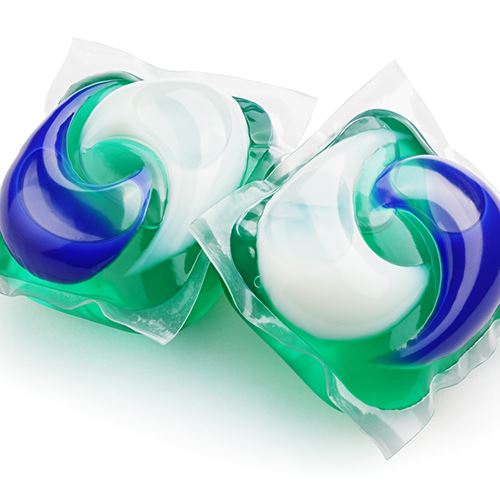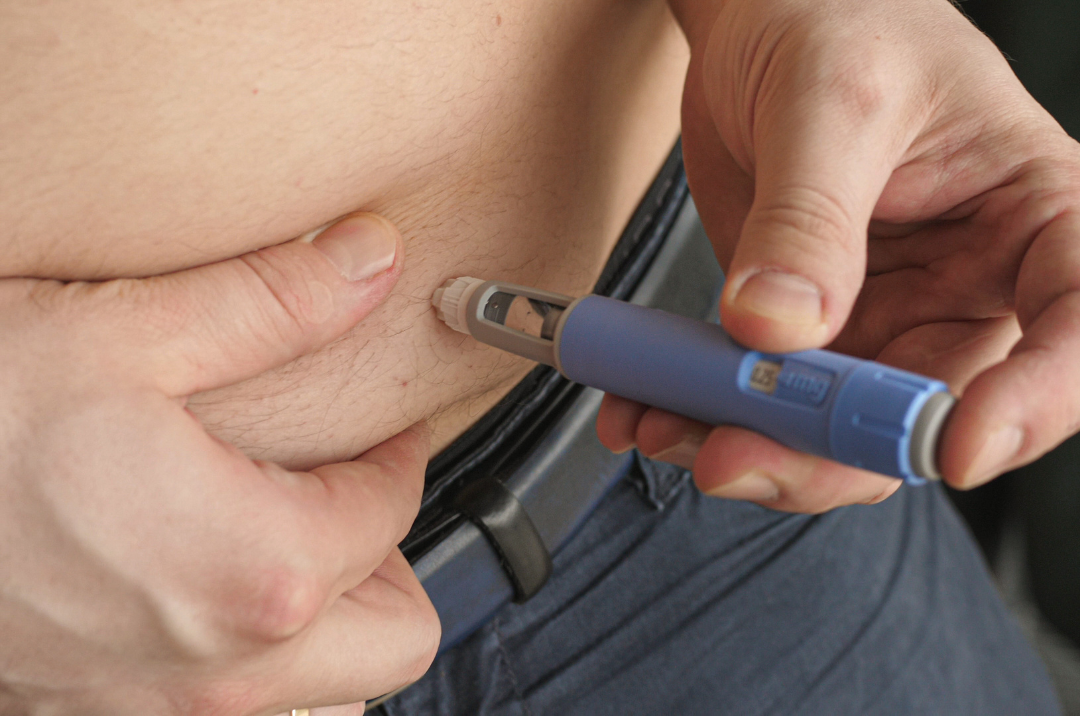America's Poison Centers maintain the National Poison Data System (NPDS), the national database of information logged by America’s Poison Centers serving the District of Columbia and all U.S.’ states and territories. Case records in this database are from self-reported calls from health care professionals, emergency response personnel, and the public. As such:
- NPDS data does not represent the complete incidence rate of national exposures to any substance(s)
- NPDS data is subject to change due to continuous improvements to the database.
- America's Poison Centers is unable to completely verify the accuracy of every report made to Poison Centers
